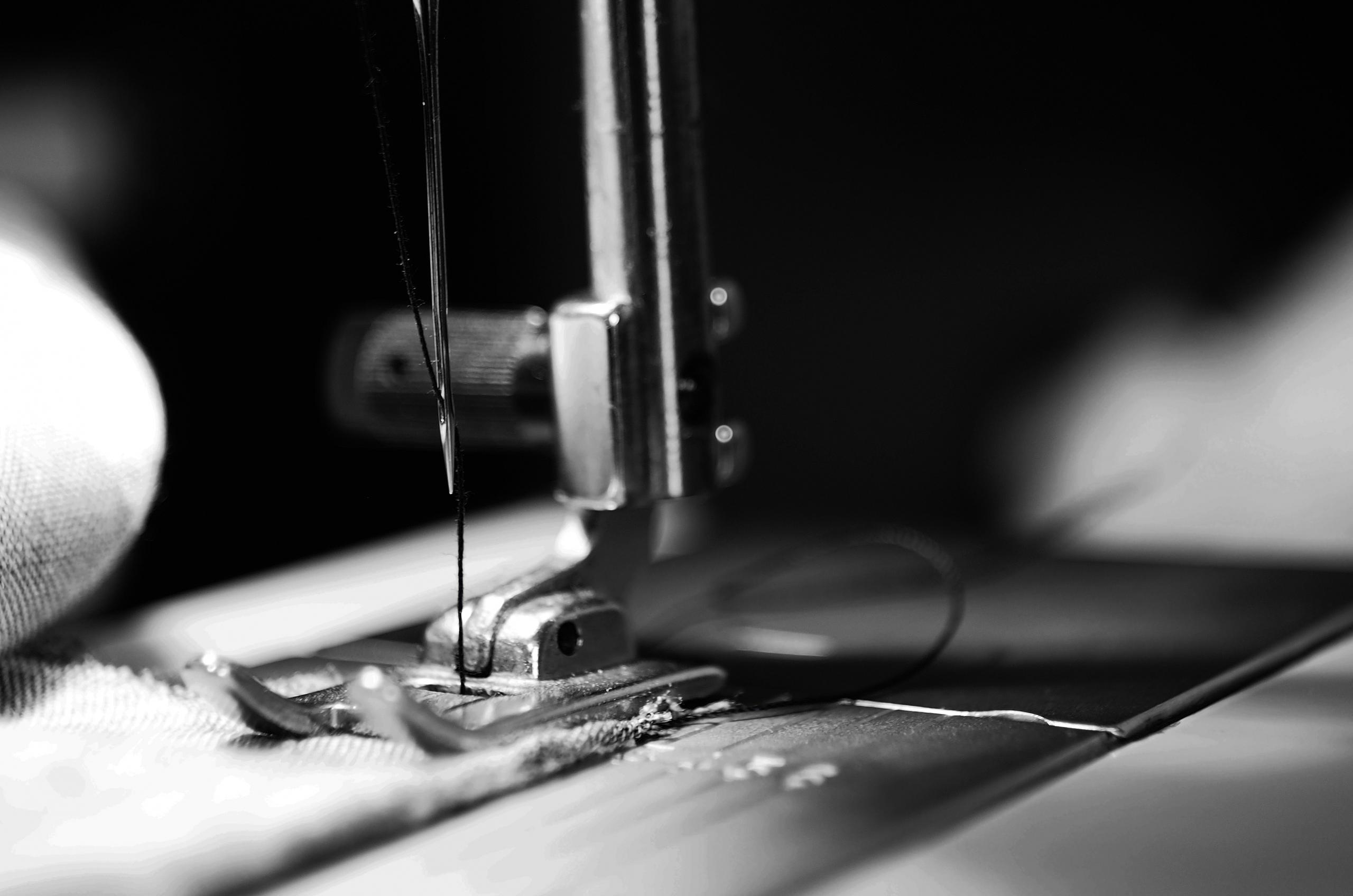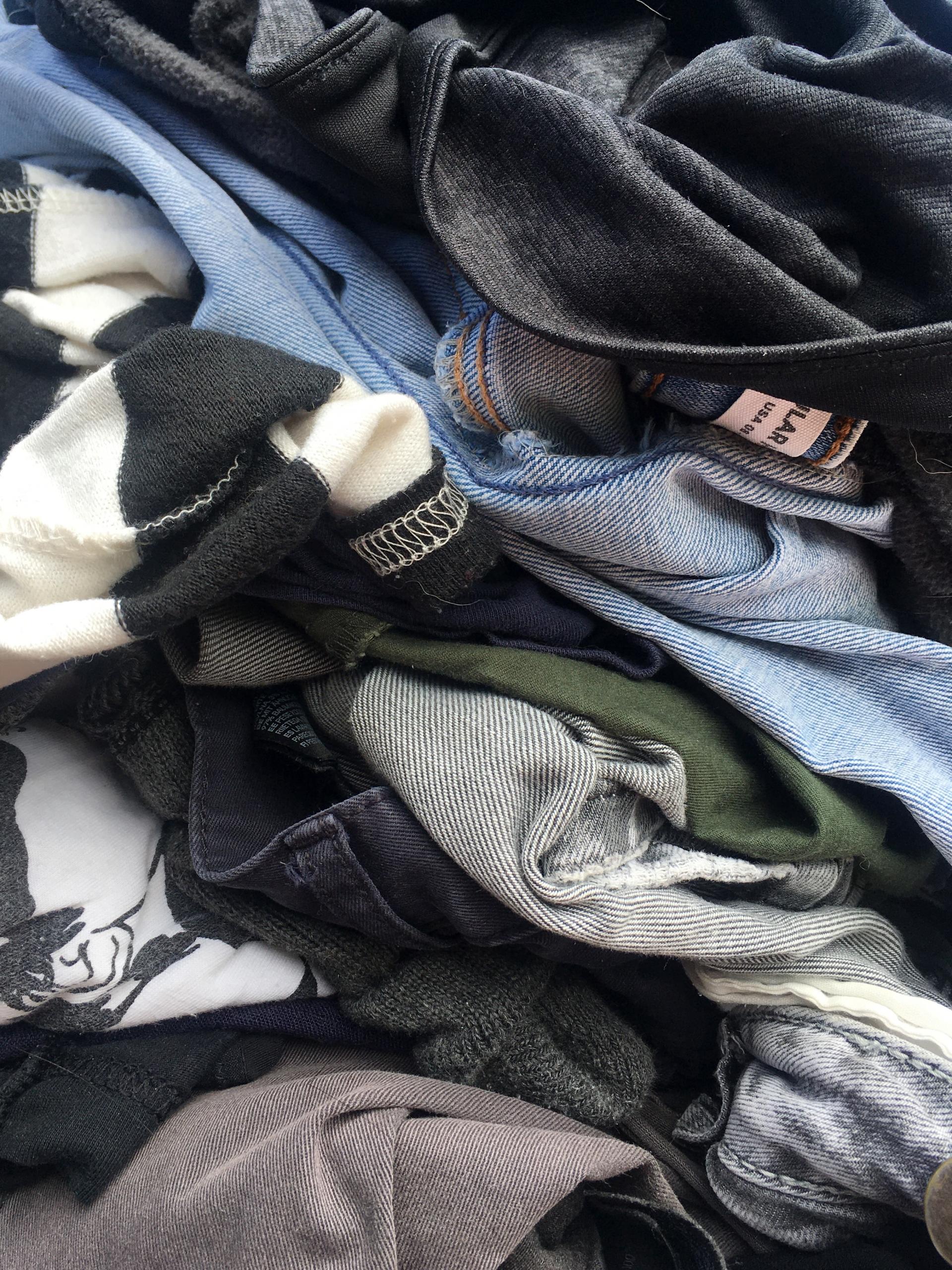Embroidery is a very meditative hobby. The sewing supplies needed for embroideries, such as embroidery thread, needles, and particular embroidery patterns, are relatively cheap (the embroidery hoop can be the most expensive unless you want to try goldwork). If you like, you can create charmingly naive miniatures with only a backstitch or a running stitch. But if you're going to progress in the craft, learn new stitches or find inspiration for embroidery patterns, here are some ways to take learning how to sew to a whole new level.
Are you looking to find sewing classes near me? Why not consider online sewing classes, too, this area you might not have realised can be taught online to significant effect, and many Superprof tutors are ready to assist.

A Brief History of Embroidering
The history of embroidery dates to the Bronze Age. In China, silk embroidery can be traced back to the 5th-3rd centuries BC; at around that time, we had the first finds of embroidered textiles in Greece.
In Europe, the earliest pieces used stem, chain, and split stitch. In Late Antiquity, the roundels and bands of decoration found on Coptic robes and vestments were sometimes embroidered using those techniques; remains of Dark Age embroideries show that couched goldwork was already used to make borders (such as on the outer garment of Merovingian queen Arnegunde, 6th century AD) and panels in a technique that mature into the rich Opus Anglicanum of the Middle Ages (the Maaseik embroideries, 10th century).
Several techniques were used to make the fantastic medieval wall hangings that mostly survived monasteries. The most famous of them all, the Bayeux tapestry, was made in a laid-and-couch method called Bayeux stitch or refilsaum, a technique otherwise common only in Scandinavia. Another couched stitch, Klosterstitch, was popular in Northern Germany, while German brick stitch was used on tapestries, pillows, bags and pouches all over Europe.
The most elaborate and beautiful techniques were:
- Opus Teutonicum, a whitework and openwork technique used to make ornate altar cloths for the period of Lent;
- or nué, a method that uses the couching stitches over the gold thread to create designs, and
- Opus Anglicanum, a goldwork technique that made England famous throughout Europe.
Starting the Renaissance, more pieces have survived using various stitches for surface work. Blackwork was very popular in the Elizabethan period. In contrast, the 18th century saw the rise of ribbon embroidery in France, a technique that soon spread to other countries along with French fashion.
Tapestry or carpet work became very popular in the 19th century when cross-stitch slowly gained the popularity it knows today.
Basic Materials For Beginner Projects

You are learning how to sew and already have a stash of embroidery supplies - you're ready to start embroidering.
Not exactly. While if all you want to do is add little doodle flowers to a bag every few months, your ordinary sewing needle will do fine (though you will have a job threading it with embroidery floss), if you want to practice embroidery with anything like regularity you will have to invest in some embroidery tools. Fortunately, they are not very expensive.
The right embroidery needles
First, you should buy one or two chenille needles if you work with ordinary cloth, tapestry needles with an even weave or thick fabric with a loose weave. Unless you invest in enough hands to have one for every colour you want to use on your beginner embroidery project, the large eye of chenille needles will save you a lot of sweat and tears when threading and is kinder on your embroidery floss if you are using it thick.
Once you have mastered the basics, you might want to try out crewel needles for finer work.
Other embroidery supplies
Additionally, you will need the following:
- Embroidery scissors to snip as close to your work as possible. They are pretty and not too pricey, and I use them to cut my plain sewing threads, too.
- An embroidery hoop or roller frame. You can use the tambour frame or embroidery hoop for most techniques, such as cross-stitch or doodle stitching, but a roller frame is a must for silk stitching, goldwork and most counted stitch techniques with dense stitching.
- You might need a needle roll or embroidery box to store your needles, scissors and extra thread later.
Thread and fabric
While you can embroider with almost any thread or wool (beginners should stay away from regular sewing thread, but if you are more advanced, you can use it for small projects such as dollhouse upholstery), embroidery floss was invented for a reason. Don't go cheap - Anchor and DCM aren't expensive, and embroidering with them is a dream.
You can stitch onto any fabric, but a particular even weave embroidery fabric is perfect for beginner projects, as you know your stitches will be even. If you are doing cross-stitch, Aida fabric is a good choice.
Beginner Stitches and Embroidery Techniques
So you have your basic sewing supplies for your first venture into embroidery. Now you sit down and try out some basic embroidery stitches.
A whole fashion of naive embroidery designs is done almost entirely in backstitch, that staple of hand sewing. But if you want to experience embroidery, dare to discover the wide range of stitches and techniques and let your imagination fly.
Stitches
One stitch that you find in a great many styles and techniques is the stem stitch. So-called, because it is often used for plant stems in floral designs, it is a good stitch for curves and is often used to outline plans.
Chain and split stitches are expected for more ornamental lines, and a wrapped backstitch is an easy and visually exciting way to decorate.
The most-used filler or surface stitches are satin stitches, found in many techniques, including needle painting and whitework.
Counted-stitch embroidery often covers the whole fabric surface in designs needing you to count the number and position of your stitches; stitches used are cross-stitch, petit point, bargello and Holbein.
Of course, there are many more: buttonhole stitch, long-arm cross-stitch, Cretan stitch, sheaf stitch…
Find sewing classes for beginners near me here.
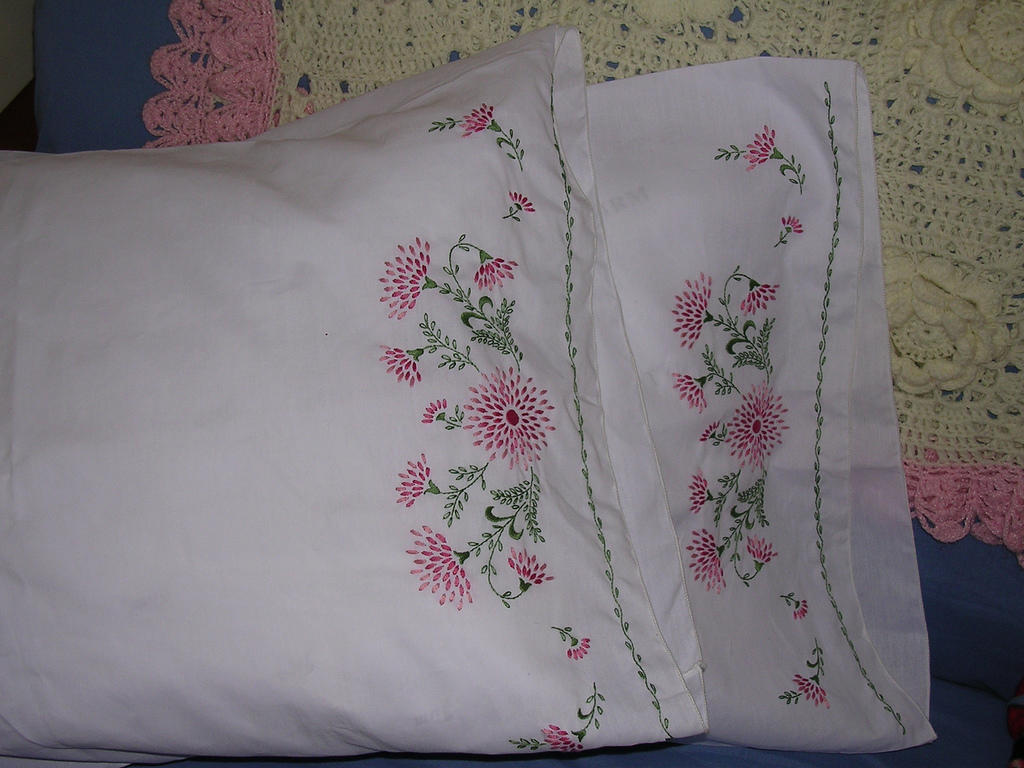
Embroidery styles and techniques
Each culture and region has elaborated distinct embroidery styles from several simple stitches, each with stunning visuals. From Hungarian redwork curtains to Japanese Shashiko embellishments for your patched trousers, there are hundreds of different techniques to discover and explore.

Embroidery Learning Materials – Learn Hand Embroidery With These Books For Beginners
The Embroidery technique is a visual craft, so make sure any books you buy have lots of illustrations in the tutorial parts. Make sure the colours in the pictures are contrasting in your embroidery design - I have come across at least one book with good explanations and excellent projects, but where the stitches were photographed with blue thread on a blue background. Some good books to get your started are:
- Ganderton, Lucinda, Embroidery Stitches Step by Step, Doris Kindersley, 2015, ISBN 024120139X. This is more of an encyclopedia than Karen Hemingway's Encyclopedia of Stitches. The stitches are presented with little fanfare but very clearly. It includes several exciting stitches and an overview of stitch type to find what you want.
- Hemingway, Karen, The Encyclopedia of Stitches, New Holland Publishers, 2005, ISBN 1845372034. Despite its name, this book not only gives a variety of stitches from many different embroidery techniques (including crewel and shadow embroidery) but also offers little projects to practice on.
- Johns, Susie, Embroidery for the Absolute Beginner, Search Press Ltd., 2016, ISBN 1782212655. Along with the essential embroidery supplies and a few tips for starting that you will find in the previous books, this one goes one step further and tells you how to transfer patterns, finish your embroidery projects and care for them.
If you are interested in learning more about specific embroidery techniques such as the herringbone stitch, the Royal School of Needlework has several Essential Stitch Guides (for Goldwork, Stumpwork, Canvas Work, Blackwork, Silk Shading, Whitework and Crewelwork) as well as "A-Z of…" titles.
Discover how you can improve your sewing skills by following embroidery patterns.

Books on learning to embroider often have a few beginner projects to get you started. But once you are finished with those, you might want to try out the following:
- Cargill, Katrin, Traditional Needle Arts: Cross-Stitch. More than 30 Classic Projects, Mitchell Beazley, 1994, ISBN 1857323327. For those who like the more tradition-style embroidery.
- Pearson, Anna, Traditional Needle Arts: Needlepoint. More than 30 Classic Projects, Mitchell Beazley, 1997, ISBN 185732790X From the same series - traditional-style needlepoint projects like pillows.
- Ray, Aimée, Doodle Stitching: Fresh and Fun Embroidery for Beginners, Sterling, 2007, ISBN 1600590616. Doodle stitching is a fun, naive style combining different techniques for cute, often quick projects.
- Ray, Aimée, Doodle Stitching: Embroidery and Beyond, Lark 2013, ISBN 1454703636
- Vogelsinger, Nichole, Boho Embroidery: Modern Projects from Traditional Stitches, Lucky Spool Media, 2017, ISBN 194065520X Fresh, modern-style embroidery projects.
- Smitke, Adrienne, Lunch-Hour Embroidery, 130 Playful Motifs from A-Z, Martingal and Company, 2017, ISBN 160468898X Quick embroidery projects for those who don't have much time for crafts.
Finally, the Interior Design school's website has a great glossary with interior design and architectural terms for those interested in learning more about design.
Embroidery Tutorials Online
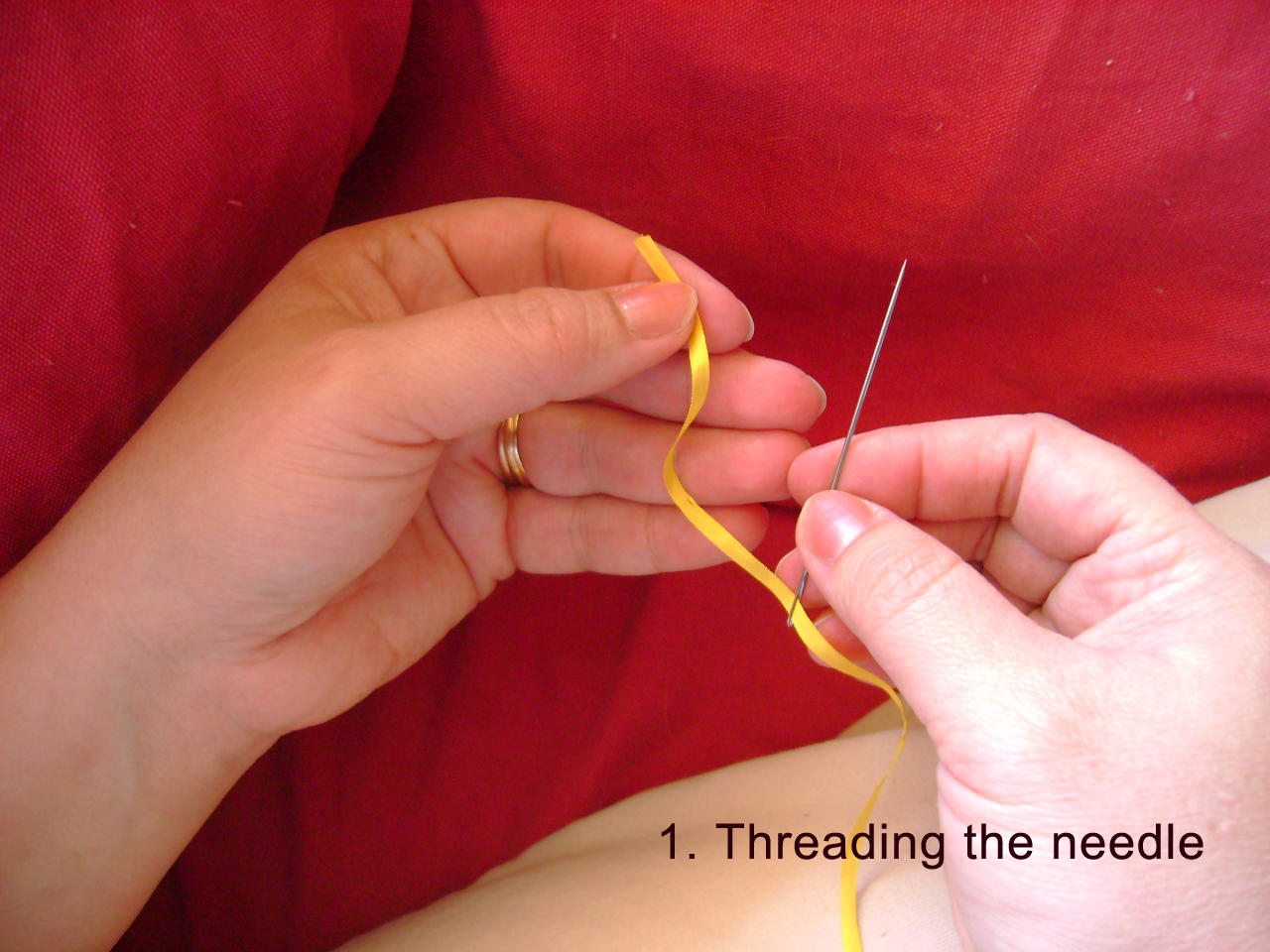
Photo credit: maryfrancesmain on Visualhunt.com
If books are too abstract and you need a closer look into the personality of the person teaching you but don't have the time or the inclination to take needlework courses, why not check out some embroidery blogs? See the blanket stitch in action, and learn how to embellish your designs or the delicate needlework to create the satin stitch.
- The Spruce is a commercial blog with many different crafts tutorials. Their embroidery blog is chock-full of fun little projects, different traditional and ethnic stitches, and tips and tricks. Worth a look.
- Needle 'n Thread is a must-follow blog for embroidery enthusiasts. It covers basic stitches and advanced techniques - including how to start and finish your embroidery - different styles of stitching and some of the blogger's current projects.
- Nordic Needle has a nice collection of stitches and tutorials.
- Anna Scott Embroidery is by a woman of mad talent. As she stitches her projects, she gives exciting tips, such as how to blend shading when using stem stitches or how to turn a corner.
- Pumora has a series of elementary tutorials to get started on embroidery.
- Sublime Stitching has a series of tutorials for all the basic embroidery stitches.
Racaire has a wealth of information and mind-blowing projects for anyone interested in historical embroidery, from cushions to wall hangings.
Are you a YouTube user? It is also a good idea to subscribe to YouTube embroidery channels. There are plenty of sewing YouTubers offering advice and explaining different techniques online. Getting most of your information regularly from the same YouTuber will significantly help. After all, you'll be familiar with how they explain things and the format of their videos. However, this doesn't mean that you can't follow several channels.
Or Why Not Take a Sewing Class and Learn to Embroider?
Sewing courses in Britain
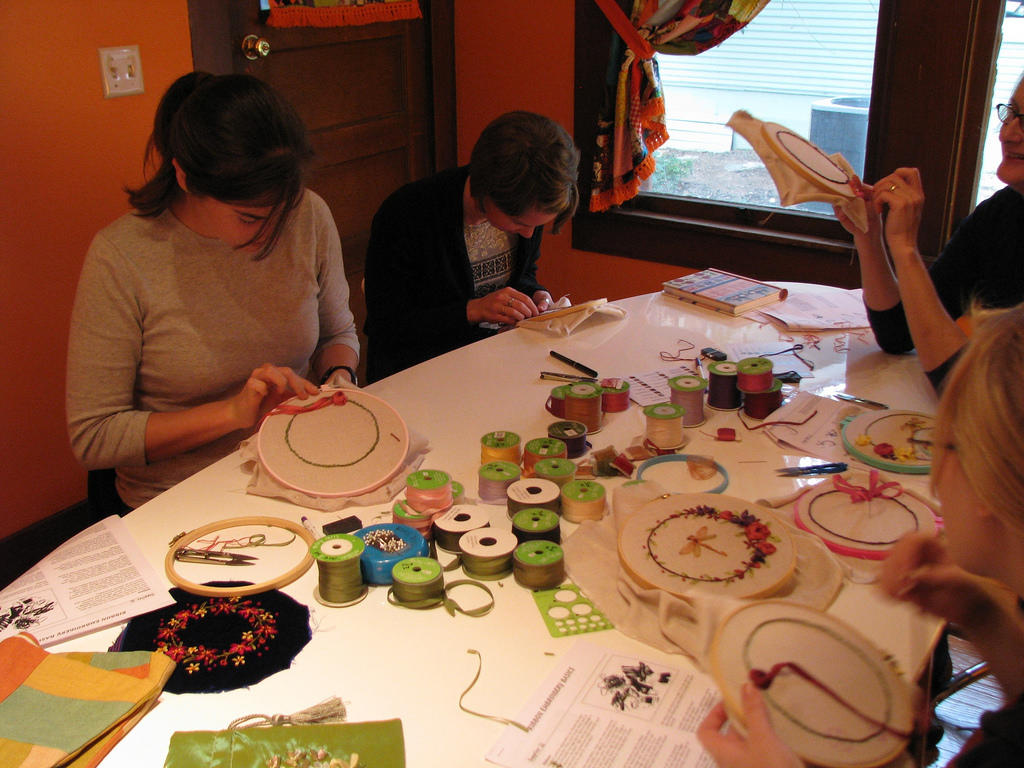
Embroidery is often done in the evenings, in the comfort of your home. But there is no reason embroidery can't be a social hobby; what better way to go out and meet like-minded enthusiasts than to participate in a beginner embroidery course? You also have the added benefit of using more equipment, such as an embroidery machine and any other equipment you may be missing in your embroidery kit.
- The Royal School of Needlework in Surrey offers courses in many embroidery styles and different skill levels. They are a renowned school that has trained many of the UK's top embroiderers.
- Lady Anne's Needlework Retreats offer embroidery classes and embroidery-themed tours throughout Britain. Their seat is in Appleby-in-Westmoreland, Cumbria.
- The London Embroidery School offers classes in monogramming, goldwork, tambour beadwork, Jacobean crewelwork and several other techniques.
- Hand & Lock, hand embroiderers since 1790, offer courses in the UK and the US on monogramming, beading, silk shading and goldwork.
- Sarah Homfray tours England with embroidery lessons in a variety of techniques. Check her schedule regularly to see if she offers embroidery classes near you.
- The National Needlework Archive offers workshops and sewing courses at various skill levels. They don't always provide embroidery but look in regularly, and you might get lucky.
- The Victoria and Albert Museum frequently offers embroidery workshops for various age groups.
- The Embroiderer's Guild has different modular online embroidery courses for you. If you decide to join the Guild, you can get a discount.
- Thread Therapy by Martha Lundt offers free online courses if you sign up for her newsletter.
- Thistle Threads has courses in historical embroidery stitches.
- Open Learning offers some embroidery courses, including one on ribbon embroidery.
Don't forget to look into your local craft stores and haberdasheries to see if they offer embroidery events in your area.
Find sewing courses in London, sewing classes in Edinburgh or even some in Glasgow – you can find tutors in every area of the UK with Superprof.
Can You Make Embroidery Your Profession?
In addition to embroidery schools and various textile and needlework centres, you can study embroidery as a university course:
- The University for the Creative Arts offers a three-year course on hand-stitching and embroidery, working with the Royal School of Needlework.
- The London College of Fashion offers a three-year honours course (BA) on Fashion Textiles: Embroidery.
- The Manchester School of Art lets you get a postgraduate degree in Design: Embroidery. An MA will last one year full-time (2 part-time), and an MFA 2 years full-time (4 part-time).
You can find even more resources to learn to embroider below.
Learn With A Private Embroidery Tutor
What is often missing in online embroidery courses in the one-on-one with the instructor is the ability to have someone look at your embroidered dress hem, pincushion or clutch bag and immediately recognise where you have gone wrong. So why not try and find a private tutor instead?
If you live near one of the higher learning institutes offering sewing courses, try putting up an ad on their corkboard indicating that you are looking for an embroidery teacher. Students are often eager to pass on their knowledge. Since they are still learning, they are very much aware of how to present and demonstrate the various embroidery techniques and stitches.
You can also talk to people in your brick-and-mortar arts and crafts store to see if anyone embroiders and is willing to teach you; look at their flyers to see if someone is advertising embroidery courses near you.
Or why not try a skills exchange? Maybe your Facebook embroidery group or your circle of friends includes someone willing to teach you embroidery if you teach them German - or Pakistani or French or cooking or singing…
Learn all of our tips and tricks for learning embroidery...
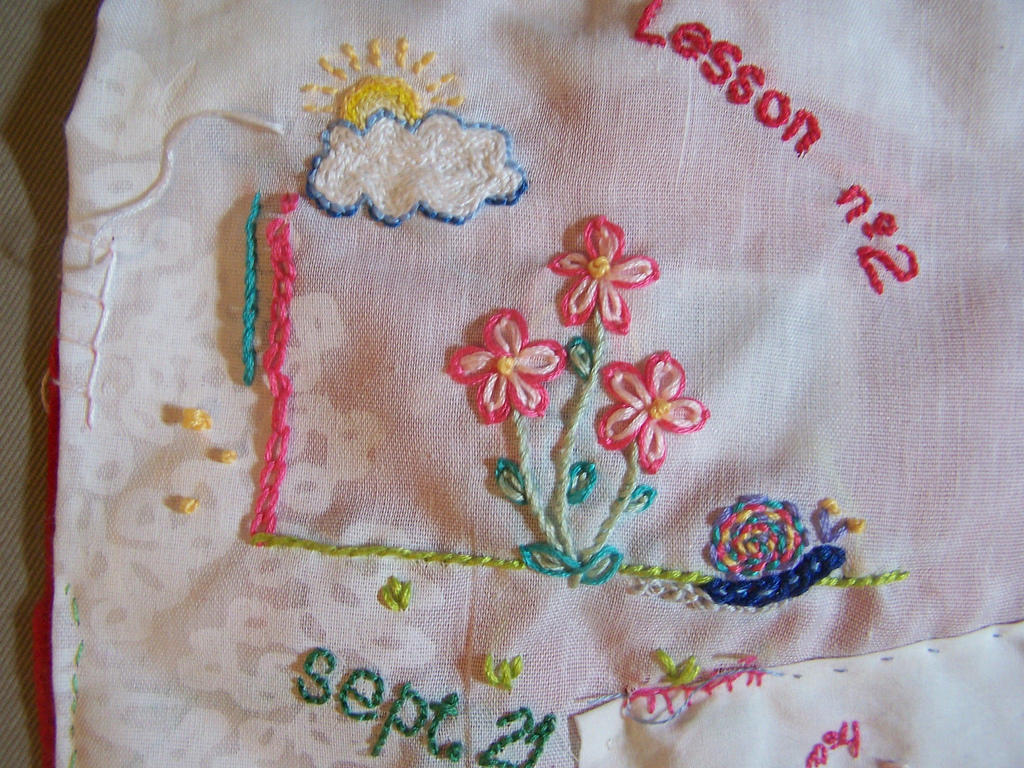
And, of course, here on Superprof, you can find a private tutor who will give sewing courses online and off for various sewing techniques, from hand- to machine embroidery. You don't need to pay to contact a professor, though there will be a small fee if you decide to take them. After that, any money you pay goes directly to your chosen teacher. With modern technology, you can look for an embroidery teacher near you or take online classes over Skype.
There are many ways to enter the wonderful world of coloured thread and reflective stitching, so pick a method and join in making beautiful crewelwork, cross-stitch or blackwork embroidery.
Ready to move on to the next step? Find out what you need to outfit your embroidery kit completely...
Embroidery is Passed Down Through The Ages – Ask Friends and Family about Embroidery
Learning to embroidery needn't be that difficult. However, to get better, you need to be motivated. The excitement of learning something new can quickly give way to boredom. You'll need to learn new embroidery stitches and also improve your technique.

Don't hesitate to ask your friends and family's advice. Taking on criticism's not always easy, but this is a valuable way to improve. Make sure you ask for constructive criticism. "I don't like it" will not help you get any better. Ask them about particular aspects and why they don't like them.
It's even better to ask a professional. This is especially true if you're not taking lessons. A professional opinion will be essential for helping you to progress. Haberdasheries and arts and crafts shops are great for finding experienced embroidered, so show them your work and ask if they can advise.
Don't forget; if you need more help with hand embroidery, needlework, or cross-stitch, you can get help from private tutors on Superprof. Many offer free tutoring for the first hour, so try a few different ones before settling on one.
















